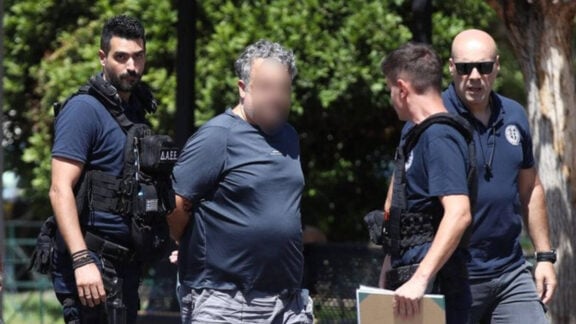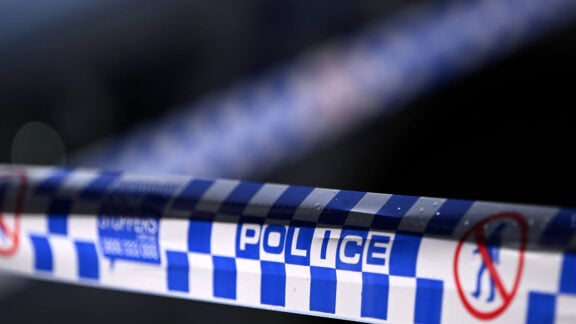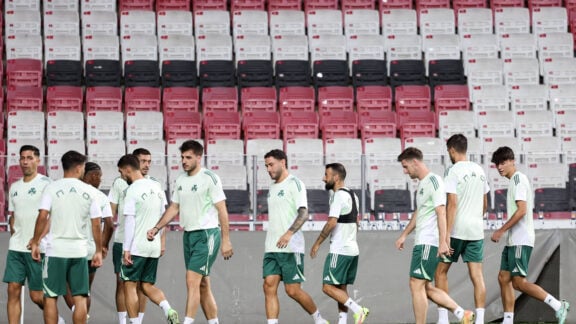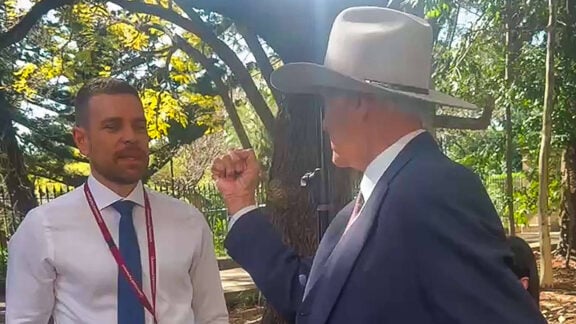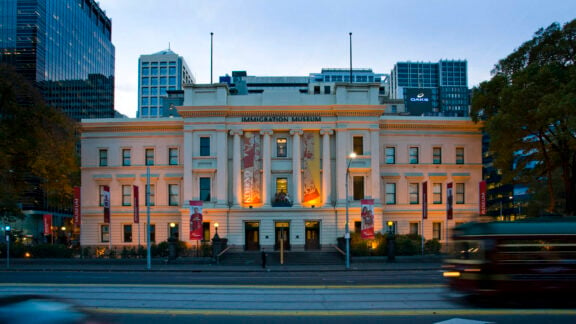On Monday March 4, the Australian Federal Police celebrated its involvement in the 60th anniversary of the United Nations Peacekeeping Force in Cyprus (UNFICYP).
While it has now been 60 years since the arrival of the UN peacekeepers in Cyprus, this year also marks two other anniversaries for the Mediterranean island.
It’s been 50 years since the Turkish invasion that divided the island, and 20 since a referendum saw Greek Cypriots reject a UN reunification plan.
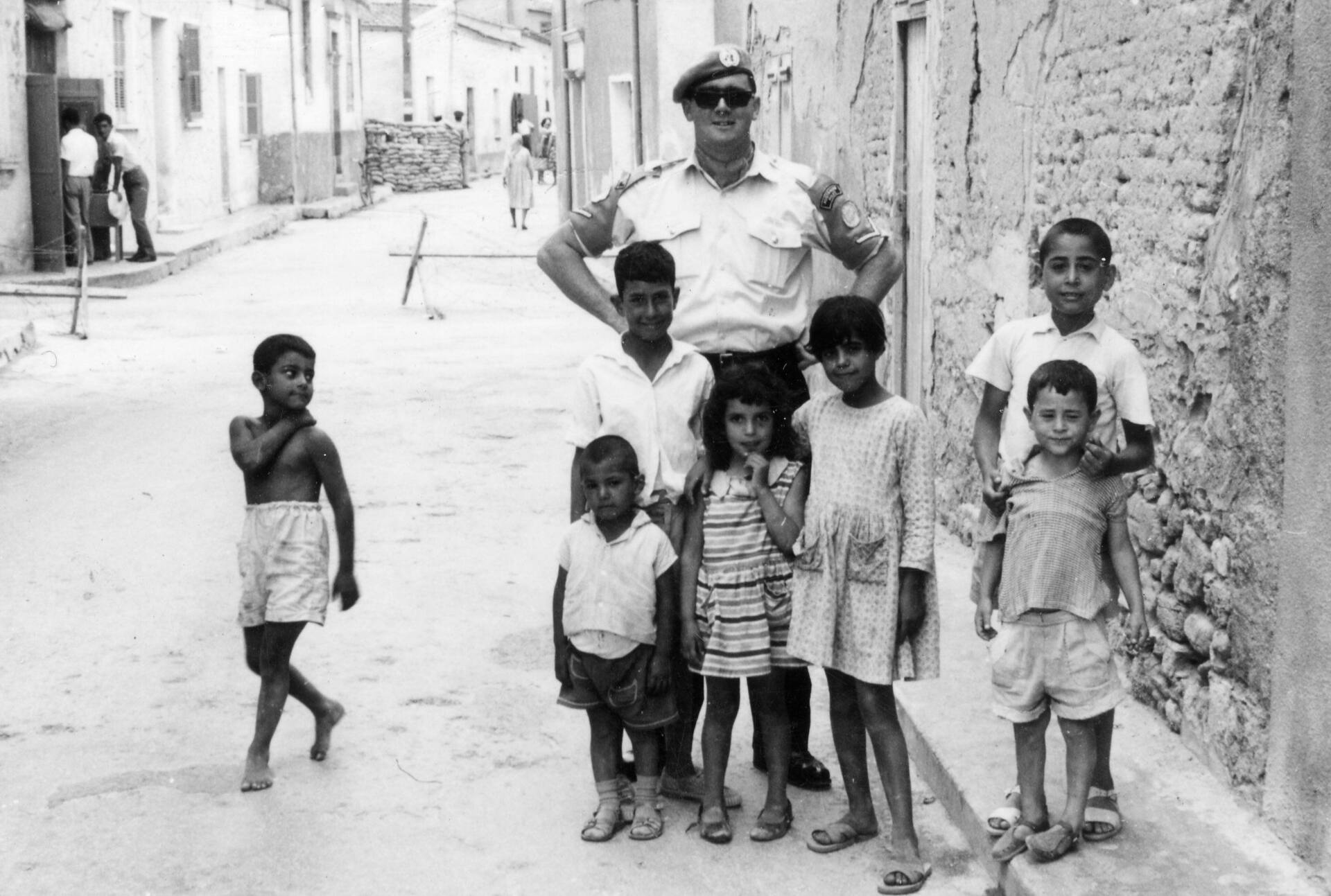
The UNFICYP was established in 1964 and was the first mission to include Australian police, with the first contingent arriving in May as part of an effort to prevent further fighting between the Greek and Turkish Cypriot communities.
As one of the world’s longest running peacekeeping missions, 111 Australian contingents with more than 1,600 police officers serving, have been sent to Cyprus.

One of them was AFP Superintendent Jason Byrnes, as part of the 62nd contingent.
He remembered his experience when he first arrived there as challenging but rewarding.
“When I arrived in Cyprus, the landscape between the Larnaca Airport and the capital, Nicosia, was almost lunar-like in terms of lack of vegetation and baron dirt and rocks. It was quite impressive to drive along those highways,” Superintendent Byrnes said in a media release.

“While I spent most of my time in Nicosia, I also spent a month in Pyla, the last bi-communal village where both Greek and Turkish Cypriots coexisted. It was a very complex and dynamic atmosphere with political and racial undertones.
“Pyla was inside the buffer zone surrounded by landmines, with Greek and Turkish Cypriots living in the same village. There was a Greek Cypriot Mayor and a Turkish Cypriot Mayor.
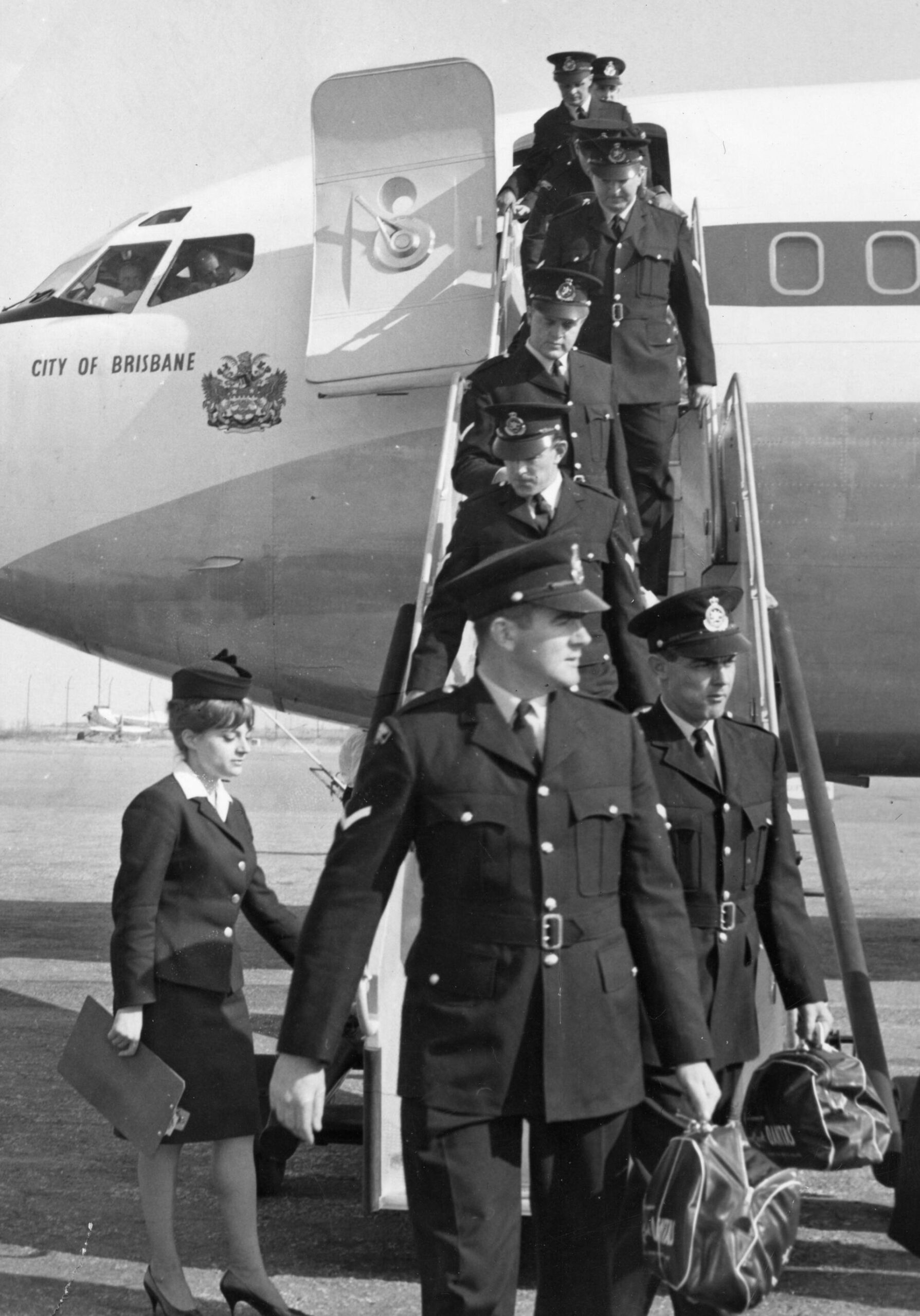
“We had to make sure if one of the police forces from either side wanted to enter the village that the other side was aware of it and respected each other’s laws.”
A majority of the police who served were from the AFP and its predecessor agencies, ACT Policing and Commonwealth Police, but several hundred state and territory police also served, particularly before 1976.
Police worked together with the UNFICYP in towns and cities across Cyprus to monitor ceasefire lines, conduct patrols, and engage in community policing efforts aimed at fostering trust and cooperation between the divided communities.

Meanwhile in Nicosia, top UN official in Cyprus Colin Stewart, in the presence of Former UNFICYP Force Commander, Major General Cheryl Pearce of Australia and the Australian High Commissioner Fiona McKergow, unveiled a monument to pay tribute to the 150,000 men and women from 43 different countries who served.
“To all of them, we extend our deepest gratitude. The monument is also intended to honour the 187 peacekeepers from 11 countries who lost their lives while serving on the island,” Stewart said.
Also held was a multi-contingent medal ceremony where military and UN Police officers were awarded medals and veterans, who served in the mission in the past six decades, were awarded commemorative coins.


